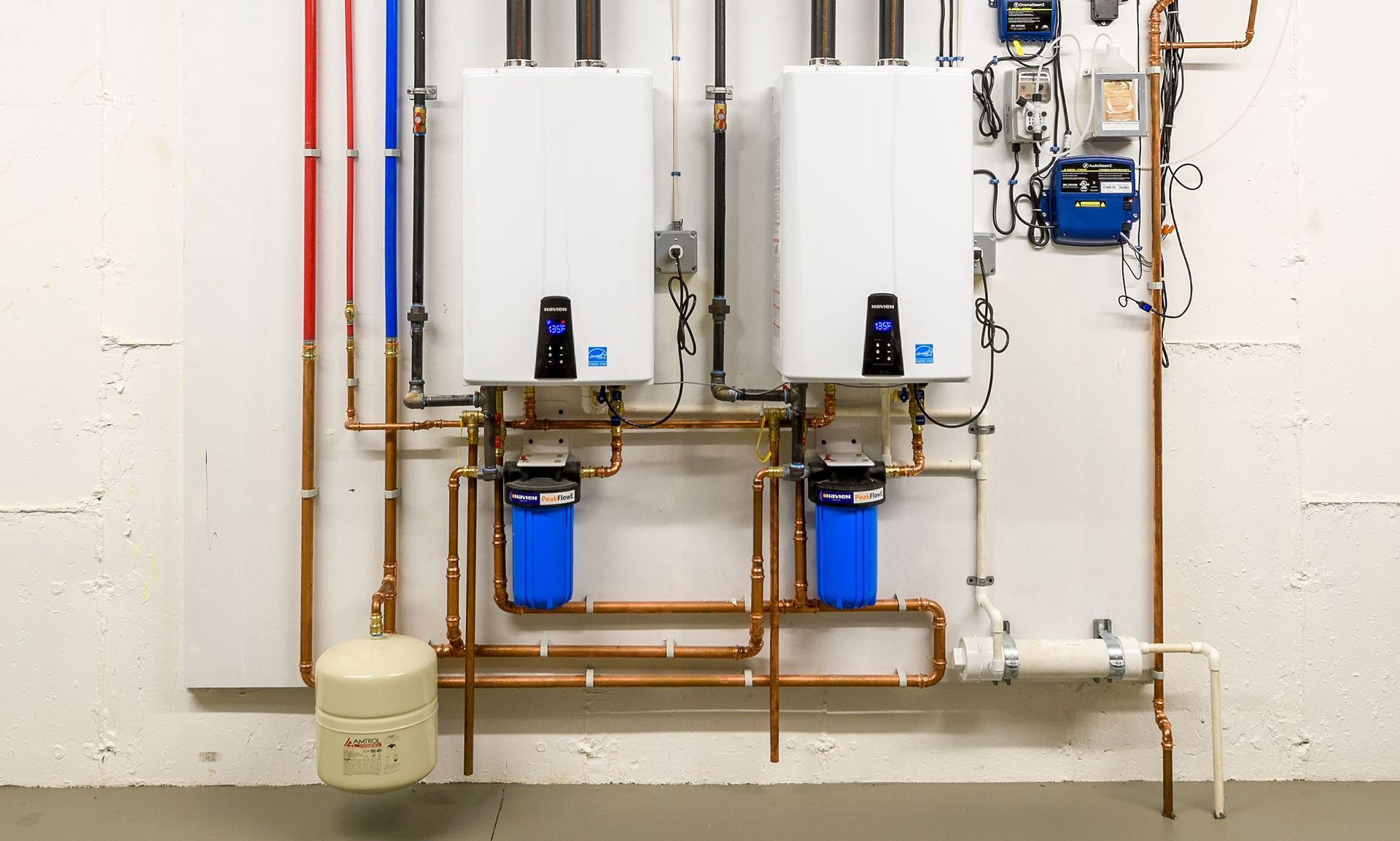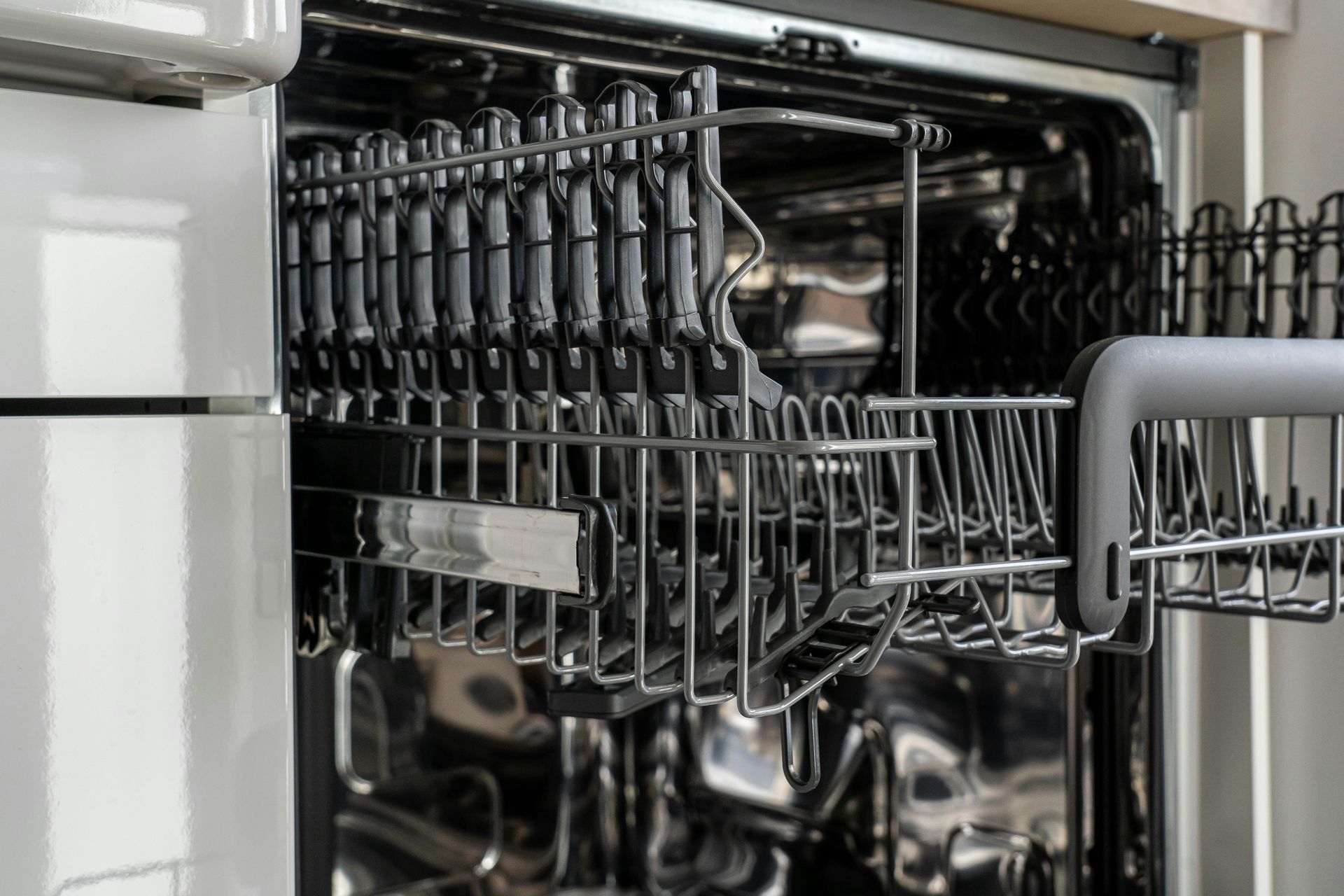How to Use a Plumber’s Snake: A Beginner’s Guide
A plumber’s snake, also known as a drain snake or auger, is an essential plumbing tool designed to clear stubborn clogs that a plunger can’t handle. Whether it’s a slow-draining sink, shower, or bathtub, knowing how to properly use a plumber’s snake can save you time, money, and the hassle of calling a professional. This detailed guide will walk you through the process step-by-step, including tips on when to seek professional help, and advice on related plumbing issues like garbage disposal repair and replacement or what to do if your water pressure drops suddenly.
Understanding the Plumber’s Snake and Its Uses
A plumber’s snake is a long, flexible metal cable with a corkscrew-like tip designed to navigate through pipes and break up or retrieve obstructions. Unlike chemical drain cleaners, which can harm pipes and the environment, the snake offers a mechanical, eco-friendly solution. It is especially useful for clearing blockages caused by hair, grease, soap scum, or small debris lodged deep within the pipes.
There are different types of snakes: manual hand-crank models for home use, electric augers for tougher clogs, and specialized toilet augers designed to avoid damaging porcelain. As a beginner, starting with a manual snake is recommended to gain confidence and avoid pipe damage.
Preparing to Use Your Plumber’s Snake
Before beginning, gather the necessary supplies: your plumber’s snake, rubber gloves, a bucket or towels to catch any spills, and a flashlight to inspect the drain. Clearing the area around the drain ensures you have enough workspace and prevents messes.
If your sink or tub has a drain cover, remove it carefully using a screwdriver or wrench. For sinks, removing the P-trap (the curved pipe beneath the drain) can provide better access and make snaking easier. Always place a bucket underneath to catch residual water.
Step-by-Step Guide to Using a Plumber’s Snake
- Insert the Snake into the Drain:
Put on your gloves and feed the end of the snake into the drain opening. Slowly push the cable forward, allowing it to navigate bends and curves. If you meet resistance, don’t force it; instead, twist the handle to help the snake maneuver around corners. - Crank the Handle to Break Up the Clog:
Once you feel the snake has reached the clog, rotate the handle clockwise. This motion causes the corkscrew tip to break up or latch onto the blockage. Use steady pressure and gentle back-and-forth movements to dislodge the obstruction without damaging the pipe. - Push and Pull the Snake:
Alternating between pushing the cable forward and pulling it back while turning the handle helps loosen the clog. If you hear scraping or feel excessive resistance, pause and adjust the angle to avoid pipe damage. - Retrieve the Snake and Clean It:
After the clog is cleared, slowly retract the snake by turning the handle counterclockwise. Inspect the cable for debris or buildup and clean it thoroughly before storing. - Reassemble and Test:
Replace any removed components like the P-trap and drain cover. Run water through the drain to ensure it flows freely and the clog is fully cleared.
What Should You Do If the Water Pressure Drops Suddenly?
A sudden drop in water pressure can indicate a blockage or buildup somewhere in your plumbing system, possibly from limescale or debris clogging the pipes. If you notice this, it’s wise to inspect your drains and pipes for clogs that might be affecting flow. Using a plumber’s snake can help clear minor blockages causing pressure issues. However, if the problem persists, it may be a sign of more serious issues such as pipe corrosion, leaks, or the need for garbage disposal repair and replacement. In such cases, consulting a professional plumber is advisable to avoid further damage.
Tips for Safe and Effective Use
- Avoid forcing the snake; excessive force can damage pipes or fixtures.
- Use the right type and size of snake for the drain you are working on. Toilet augers are best for toilets, while smaller snakes suit sinks and tubs.
- Wear protective gloves and keep towels handy to manage messes.
- If you are unfamiliar with plumbing, watch tutorial videos or seek guidance to avoid mistakes.
When to Call a Professional
While a plumber’s snake is a powerful DIY tool, some clogs are too severe or located deep within the plumbing system. If repeated snaking doesn’t clear the blockage, or if you experience recurring clogs, foul odors, or water backing up, professional intervention may be necessary. Complex issues might require advanced equipment or repairs such as sewer line replacement.
Additionally, if you’re dealing with problems related to your garbage disposal or suspect damage to your pipes, professional plumbers have the expertise and specialized tools to diagnose and fix these issues safely.
Maintaining Your Plumbing Tools and System
Proper maintenance of your plumbing tools ensures they remain effective and safe to use. After each use, clean your plumber’s snake thoroughly and store it in a dry place to prevent rust. Regularly inspect your plumbing system for early signs of clogs or leaks to address problems before they escalate.
Routine care of your entire plumbing system, including appliances like garbage disposals and water heaters, helps maintain water pressure and prevents unexpected failures.
Conclusion
Using a plumber’s snake is a practical skill that empowers homeowners to tackle common drain clogs efficiently. By understanding how to prepare, operate, and maintain this essential plumbing tool, you can save time and money while keeping your drains flowing smoothly. Remember to proceed with caution, avoid forcing the snake, and know when to call in professionals for more serious plumbing issues.
If you ever wonder, what should you do if the water pressure drops suddenly, consider checking for blockages first and using a plumber’s snake as a first step. For problems beyond simple clogs, such as those requiring garbage disposal repair and replacement or extensive pipe work like sewer line replacement, professional help is the safest choice.
Mastering the use of a plumber’s snake not only solves immediate problems but also builds your confidence in managing your home’s plumbing system effectively.











